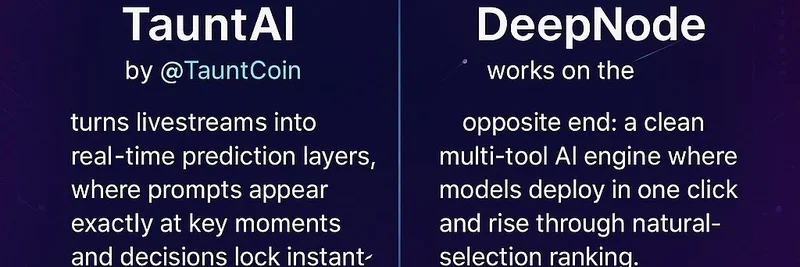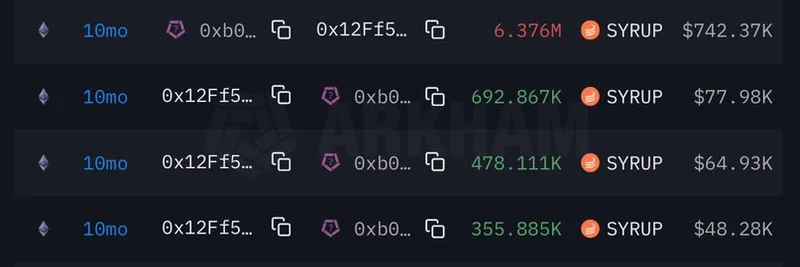If you’ve ever felt frustrated by high fees or complicated routes when moving your crypto between blockchains, you’re not alone! The folks at CoW DAO recently dropped a gem on X, hinting at a solution that could change the game: bridge aggregators. But what exactly are they, and how can they level up your DeFi experience? Let’s dive in and break it down in a way that’s easy to digest—even if you’re new to the crypto world.
What’s a Bridge Aggregator, Anyway?
Imagine you’re trying to send money from one country to another, but each bank has its own rules and fees. A bridge aggregator is like a super-smart travel agent for your crypto, finding the best routes and deals to move your assets across different blockchains (think Ethereum, Polygon, or Fantom). Instead of manually picking a single bridge (a tool that connects two blockchains), a bridge aggregator scans multiple options—like LI.FI or Pangolin—and picks the most efficient one for you.
This means lower costs, faster transactions, and less headache. Pretty cool, right? The CoW DAO post highlights how these tools can “up your DeFi game,” and it’s easy to see why—they’re all about making cross-chain moves smoother.
How Do Bridge Aggregators Work?
Here’s the simple version: when you want to move crypto (say, USDT from Ethereum to Polygon), a bridge aggregator taps into a network of bridges and decentralized exchanges (DEXs). It compares fees, speeds, and security, then executes the best route. Some popular players, like LI.FI, connect to heavyweights like Uniswap, 1inch, and Stargate, giving you access to liquidity across major chains with just one click.
The process often involves “wrapping” your asset (turning it into a compatible version for the new chain) or using smart contracts to lock and release funds securely. According to a Reddit discussion on r/defi, users love how these tools save time—though some note that support for niche chains (like Fantom) can vary.
Why Should You Care in 2025?
As DeFi grows, so does the need to hop between blockchains. High gas fees on Ethereum or slow transactions on other networks can eat into your profits. Bridge aggregators solve this by optimizing routes and reducing costs. Plus, with projects like CoW DAO pushing the conversation, it’s clear this tech is heating up.
A Blaize.tech article points out that bridges (and by extension, aggregators) boost throughput across the blockchain ecosystem, paving the way for wider adoption. For meme token enthusiasts or blockchain practitioners, this could mean easier access to new projects or liquidity pools—perfect for staying ahead in the fast-moving crypto space.
Tips for Using Bridge Aggregators
- Check Security: Not all bridges are created equal. Stick to reputable aggregators like LI.FI or those backed by known protocols.
- Compare Fees: Even with aggregators, costs can vary. Take a moment to review the suggested route.
- Start Small: If you’re new, test with a small amount to get the hang of it.
The Bottom Line
Bridge aggregators are like the unsung heroes of DeFi, making cross-chain crypto moves simpler and cheaper. Thanks to the nudge from CoW DAO, more people are waking up to their potential. Whether you’re trading meme tokens or diving into serious DeFi strategies, these tools are worth exploring in 2025. Head over to Meme Insider for more updates on blockchain tech and how it’s shaping the future—stay curious!
export default ({ children }) => <>{children}</>;


